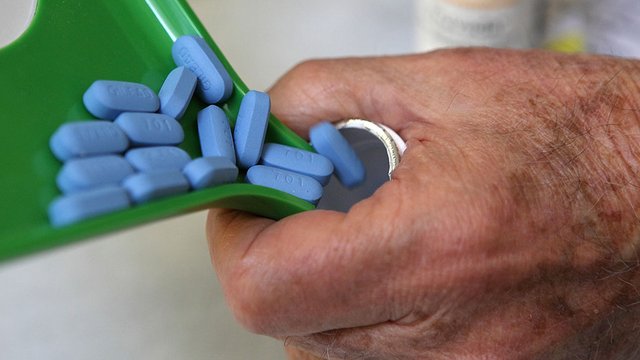Editor’s Note: This op-ed was originally published on The Hill on August 13, 2018.
An essential lesson from the successful fight against AIDS is that early access to effective treatment can avoid long-term costs. It took too long to recognize that widespread screening for the virus—and then treating those at highest risk–is cost-effective. Earlier access to treatment could have prevented thousands of new cases and achieved $80 billion in health benefits.
We are following a similar pattern in the battle with hepatitis C, and risk repeating it with other cures emerging from our pharmaceutical pipeline.
{mosads}That’s a shame because access and profits can easily go hand in hand. Netflix has shown how to do it, delivering almost unlimited blockbuster entertainment for a monthly fee. While that doesn’t translate directly to the way individuals buy medicines, it does have lessons for state governments trying to take care of thousands of sick poor people. Louisiana, for one, is paying attention and may soon try Netflix-like contracting with manufacturers.
The stakes are exceedingly high. New treatments for hepatitis C—which afflicts over 3 million Americans and can lead to liver failure and death—were approved five years ago. These antivirals are very effective— in some cases achieving cure rates up to 100 percent. But they are also expensive, and that has restricted access especially among Medicaid populations. As a result, the virus still kills 20,000 Americans a year.
State-run Medicaid programs–the state/federal partnership to provide health care for the poor–are ground zero for hepatitis C. Prevalence rates are growing quickly among people who inject illegal drugs. They are more likely to be poor and rely on Medicaid.
Sign up for Schaeffer Center news
However, Medicaid programs in several states have limited access to treatment. Louisiana, for example only treated 384 patients last year out of an estimated 35,000 Medicaid beneficiaries who carry the virus. The Centers for Medicare and Medicaid Services went so far as to issue a letter to the states warning that restricted access to hepatitis C treatments might violate statutory requirements for Medicaid.
Louisiana may have found a solution. The Department of Health is working on a new strategy to expand access—one that involves a licensing deal. The state would agree to pay a drug company for medication for several years in exchange for unlimited access to treatment.
This is the Netflix model applied to health care, and it makes a lot of sense. Pharmaceuticals have high R&D costs but often low manufacturing costs, much like software. But the current pricing models couldn’t be more different. Netflix content is essentially purchased through a monthly license. They do not charge a fee every time we view a show. The idea is to reward the content creator, but not limit our ability to watch since marginal costs are low.
My colleagues and I have shown that such subscription models can improve outcomes and save money at the same time. Compared to traditional fee-per-dose reimbursement, subscriptions can better balance the public health interest in gaining rapid, widespread and affordable access to these drugs, while assuring manufacturers’ generate enough revenues to justify the drugs’ development costs.
Dana Goldman is the director of the Leonard D. Schaeffer Center for Health Policy & Economics at the University of Southern California. He is a part owner of Precision Medicine Group, a consultant to the life sciences industry, including companies that make treatments for HCV. He can be contacted at dana.goldman@usc.edu.TAGS DRUG COSTS MEDICAID
